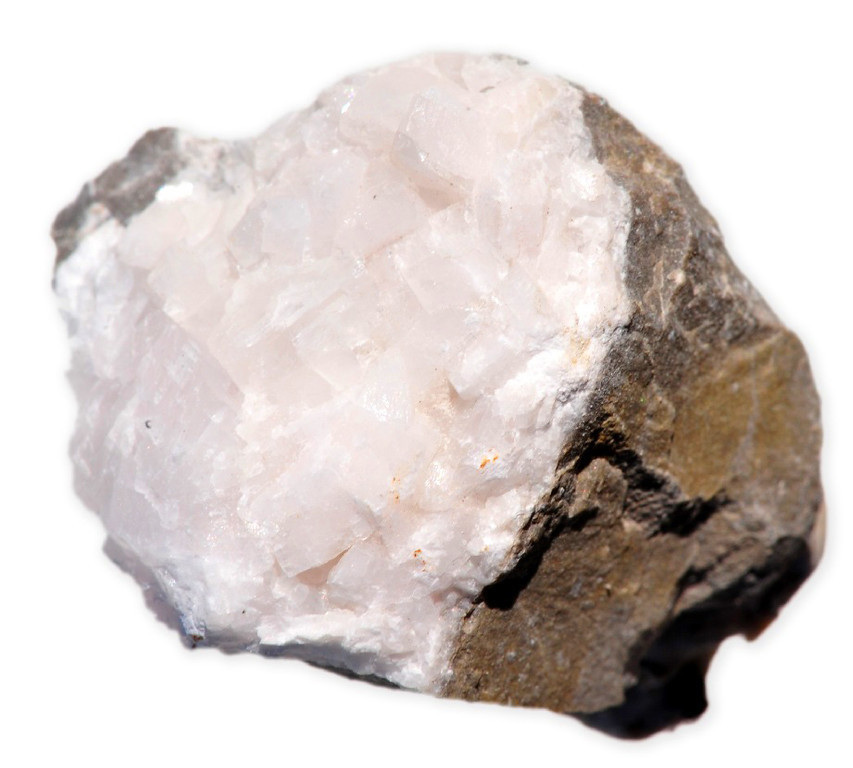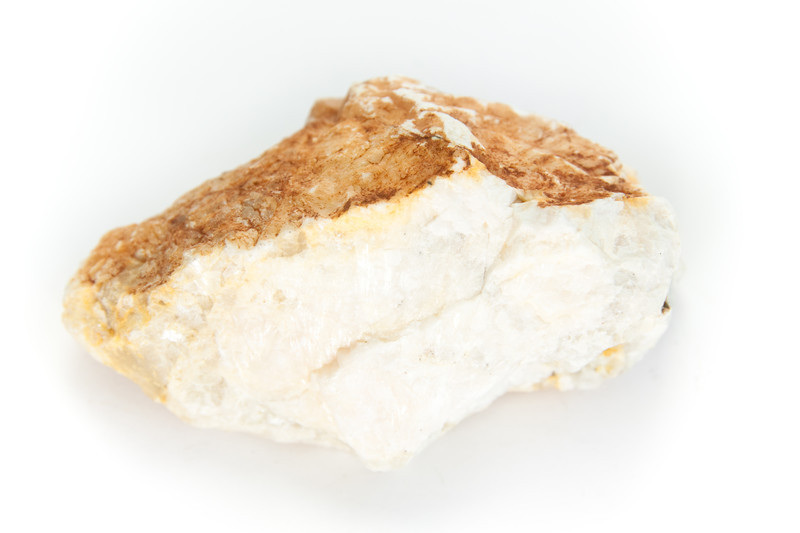|
| Name Origin | The name is derived from Greek baros, meaning heavy, because of its high specific gravity |
|---|---|
| Chemical Formula | BaSO4 + Ca, Sr |
| Color | White, greenish, yellowish to brown, blue, green, raddish. Maybe color zoned |
| Fracture | Uneven, Brittle |
| Hardness | 3 - 3.5 on the Mohs scale |
| Crystal System | Orthorhombic. Tabular crystals, aggregates and rosettes; massive, granular, fibrous |
| Cleavage | Perfect 1 direction |
| Specific Gravity (SG) | 4.5 |
| Lustre | Vitreous to resinous; pearly on cleavage |
| Pleochroism | weak if crystal is colored Brown crystal: Straw yellow/wine yellow/violet Yellow crystal: pale yellow/yellow-brown/brown green crystals: colorless/pale green/violet |
Note: Massive white barite looks like marble and could be used for decorative purposes. Faceted gems are very difficult to cut. The perfect cleavage makes wear very risky, and low hardness would also prevent use in jewellery.
Barite is the main source to extract barium (by electrolysis or by heating in vacuum with aluminum or silicon), a metal which is used in wide range of industries. For instance, in metallurgy it is used in the walls of vacuum tubes to absorb unwanted residual gases during purification. Barite is also used as deoxidizer in copper refining industry.
Barite is the main source to extract barium (by electrolysis or by heating in vacuum with aluminum or silicon), a metal which is used in wide range of industries. For instance, in metallurgy it is used in the walls of vacuum tubes to absorb unwanted residual gases during purification. Barite is also used as deoxidizer in copper refining industry.
Continue Reading about more color stones
Actinolite
Azurite
Spinel
Coral
Datolite
Beryllonite
Bornite
Euxenite
Tanzanite
Hauyne
Moonstone
Jeremejevite
Willemite
Zincite
Brazilianite
Actinolite
Azurite
Spinel
Coral
Datolite
Beryllonite
Bornite
Euxenite
Tanzanite
Hauyne
Moonstone
Jeremejevite
Willemite
Zincite
Brazilianite
Photo Credit: www.shutterstone.com



